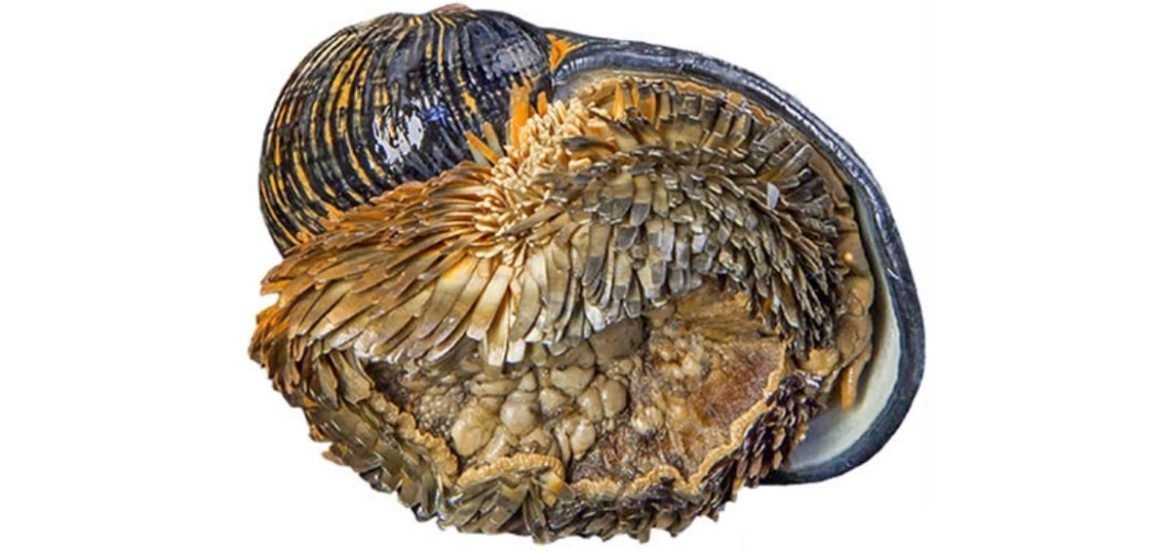
A species of ocean snail called the scaly-foot snail (Chrysomallon squamiferum) is the first deep-sea species identified as being at risk of extinction from deep-sea mining. On 18 July, the International Union for Conservation of Nature (IUCN) added the snail to their Red List of endangered species.
A commentary on the recent listing, published on 22 July in the journal Nature Ecology & Evolution, highlights the potential damage deep-sea mining could have on this ocean snail and other endangered deep-sea animals (1).
The scaly-foot snail lives close to hydrothermal vents — fissures on the seafloor that support unique ecosystems. But the snails are only found near three of them located in the Indian Ocean
Whether an animal makes it onto the list is usually determined by several factors, including the size of the species population and how isolated or fragmented their habitat is. Due to the small area occupied by hydrothermal vents, for the snails — and indeed other deep-sea species — the extinction risk was based on the total number of vents where they can live and the threat of mining.
The new addition to the Red List comes at an important time when several companies are applying for exploratory mining licenses. In fact, two of the hydrothermal vents that are home to the snails already fall within the areas of mining exploration licenses.
Rare earth metals often form close to these hydrothermal vents, where hot mineral-laden water mixes with cooler ocean water depositing these valuable elements onto the seabed. But until recently, it was too difficult to mine for these precious metals, such as copper and manganese. However, advances in mining technology are making it more feasible.
So “now is a good time to raise awareness of the vulnerability of hydrothermal-vent ecosystems”, according to the authors. “Even one exploratory mining foray into this habitat could destroy a population of these snails by damaging the vents or smothering the animals under clouds of sediment”, co-author Chong Chen, a deep-sea biologist at the Japan Agency for Marine-Earth Science and Technology in Yokosuka, told Nature.
“The deep sea is home to thousands of species and new species are being discovered all the time,” says co-author Dr Julia Sigwart. Although these species are out of sight, they are still threatened by human activities. And perhaps, even more vulnerable, as a result.
Fortunately, before any full-scale mining activities can begin, they must first be approved by the United Nation’s the International Seabed Authority (ISA). A final draft of e is planned for 2020. However, it remains uncertain what impact endangered species will have on these regulations.
Nonetheless, the red list designation is certainly an important step. As Chen explains, “Being on that list means something to policymakers and ordinary people.” Environmentalists are cautiously optimistic that the new Red-list status will help protect these vulnerable creatures, but it’s too soon to tell.
Apart from the scaly-foot snail, the researchers are also examining the extinction risk of 14 additional species residing near hydrothermal vents.
(1) Sigwart, J.D. et al. Red Listing can protect deep-sea biodiversity. Nature Ecology & Evolution (2019). DOI: 10.1038/s41559-019-0930-2
Image source: Chen, C. et al. BMC Evolutionary Biology (2017).